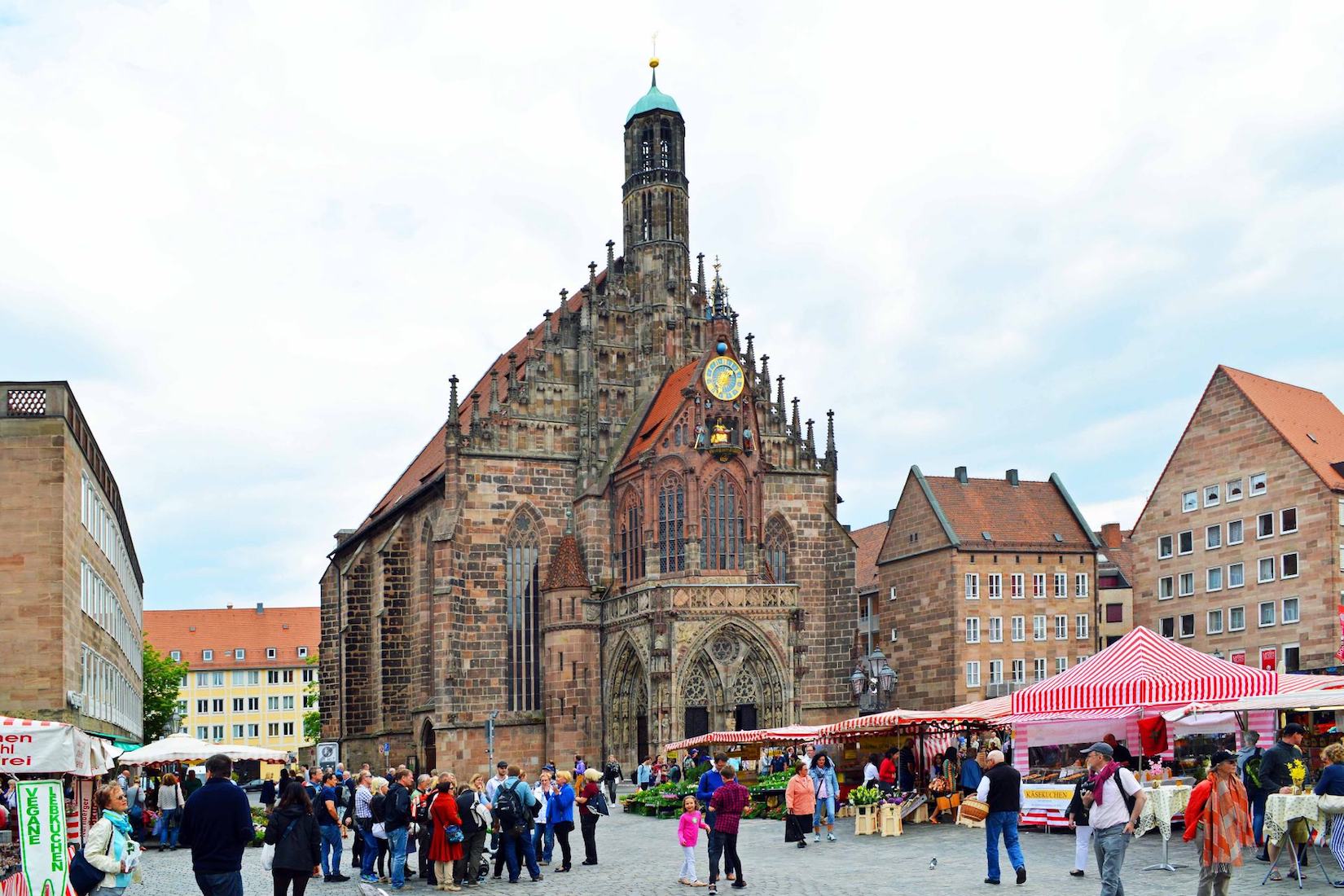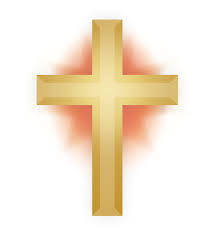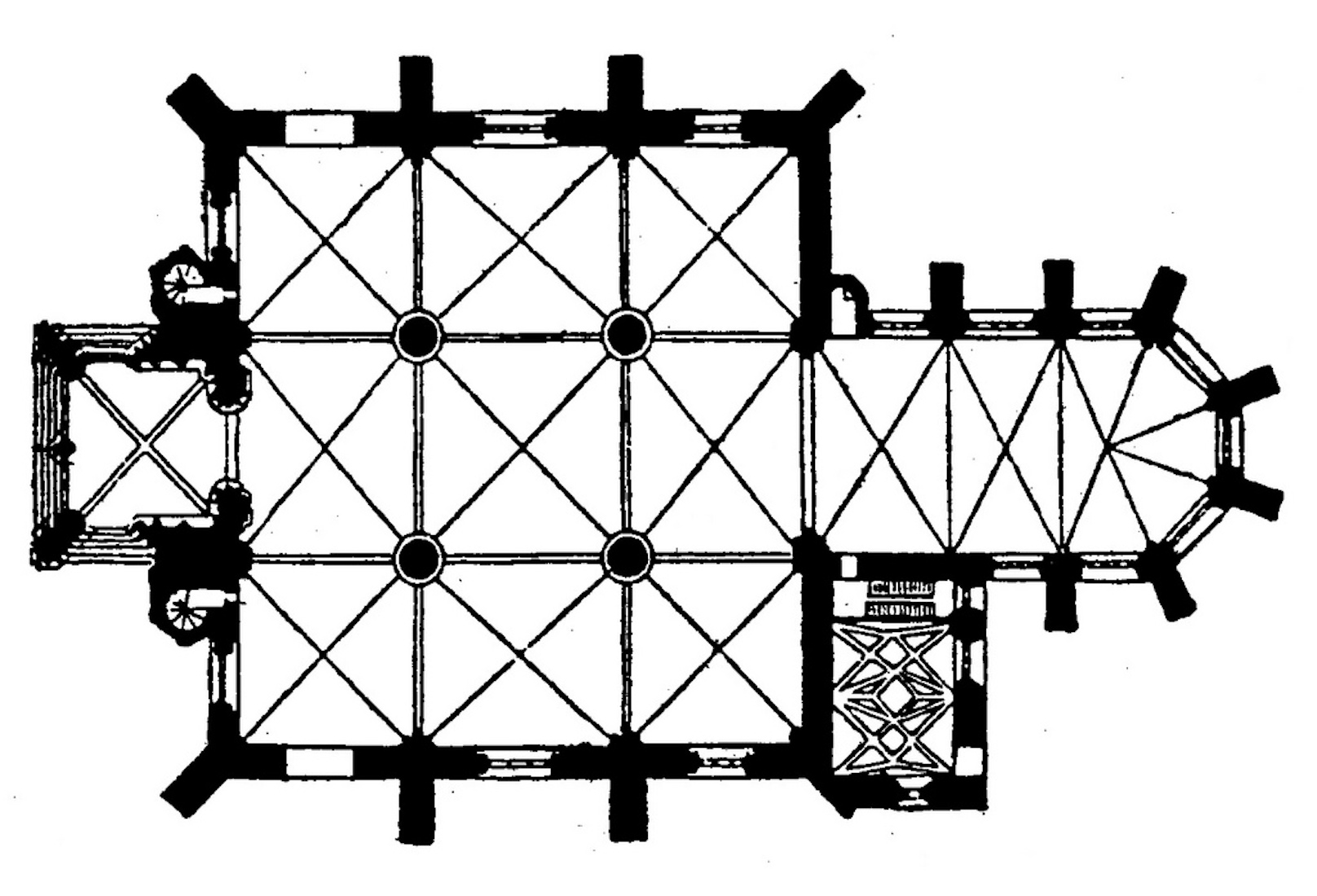FRAUENKIRCHE :
CHURCH OF OUR LADY
NUREMBERG, GERMANY
PAUL SCOTT
The Church is an unusual shape: basically a square nave with a square narthex (porch) to the West, and a chancel / sanctuary extension to the East.
We shall walk around the outside of the Church in a clockwise direction, and then around the interior. The photographs will make it clear where we are going.
A brief history of the Church is given below. However, if you want to begin your tour of the Church immediately, tap / click on START . You can also access intermediate points in the tour by a tap / click on the following links:
NOTE ON MAGNIFYING IMAGES
With this website format the images are large enough for most purposes. If there is a need for greater magnification of an image, go to the identical photo on
https://www.flickr.com/photos/paulscottinfo/albums
and use Command - + (Mac) or Windows - + (Windows).
HISTORY
[Wikipedia]
The Frauenkirche (‘Church of Our Lady’) is a church in Nuremberg, Germany. It stands on the eastern side of the main market. An example of brick Gothic architecture, it was built on the initiative of Charles IV, Holy Roman Emperor between 1352 and 1362. The church contains many sculptures, some of them heavily restored. Numerous works of art from the Middle Ages are kept in the church, such as the so-called Tucher Altar (c. 1440, originally the high altar of the Augustinian church of St. Vitus), and two monuments by Adam Kraft (c. 1498).
History
The church was built in the grand market, in place of the former Jewish synagogue, which was destroyed during the pogrom of 1349 (which followed an outbreak of Black Death). The architect was probably Peter Parler. Charles IV wanted to use the Frauenkirche for imperial ceremonies, which is reflected in the porch with the balcony. The church is relatively unadorned except for the coats of arms of the Holy Roman Empire, the seven Electors, the town of Nuremberg, and the city of Rome, where the Holy Roman Emperors were crowned. Construction of the church continued until the 1360s.
Charles IV’s son Wenceslas was baptized in the church in 1361, on which occasion the Imperial Regalia, including the imperial reliquaries, were displayed to the people. References to Wenceslaus can be found throughout the sculptural program of the church. Beginning in 1423, the Imperial Regalia was kept permanently in Nuremberg and displayed to the people once a year on a special wooden platform constructed for that purpose. In 1442 and 1443 Heinrich Traxdorf from Mainz built ‘a medium and a small organ’. In 1487 the sacristy burned down. It was rebuilt in 1496. The church was surrounded by market stalls and medieval buildings, later removed. The current west gable of the church dates from 1506-8 and was designed by Adam Kraft. Historic images show that this gable was once richly decorated with sculptures which were presumably destroyed in the Reformation. In 1525 the church became Lutheran and galleries were added in the aisles. In 1810, the church was acquired by a Catholic parish which removed the galleries and restored the church in 1816 under the direction of Lorenz Rotermundt. This restoration involved replacing and repairing surviving sculptures and gathering Medieval art to adorn the church.
In Triumph of the Will, Leni Riefenstahl’s 1935 propaganda film about the 1934 Nuremberg Rally, the final scene consists of a military parade through downtown Nuremberg, with Adolf Hitler shown receiving salutes from Nazi troops with the Frauenkirche in the background. The church was almost completely destroyed in the Second World War in the bombing of Nuremberg with only the nave walls and façade remaining. This damage was repaired by 1953. There was a more extensive restoration between 1989 and 1991. Since 1948, the balcony of the church, below the Männleinlaufen, has been used for the opening ceremony of the Christkindlesmarkt. The church parish and the neighbouring Parish of St. Elizabeth are known collectively as the ‘Katholische Innenstadtkirche Nürnberg" (Catholic Downtown churches of Nuremberg).




